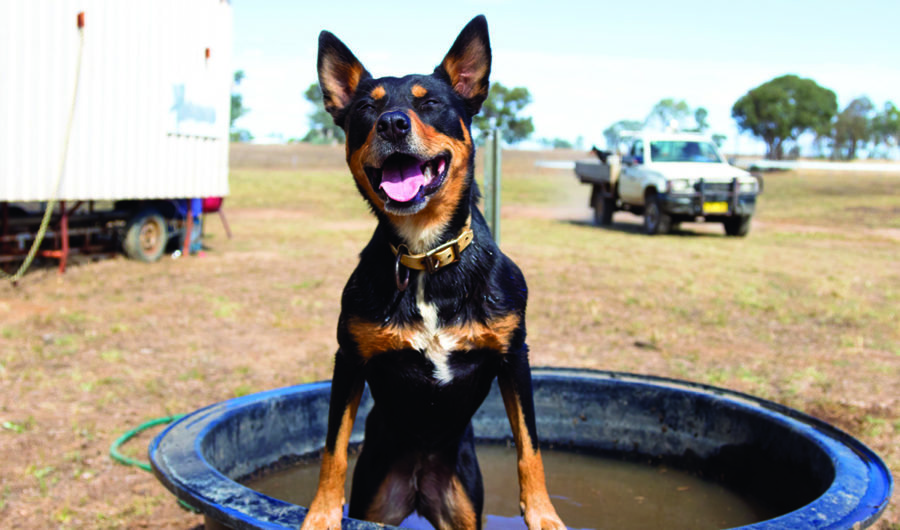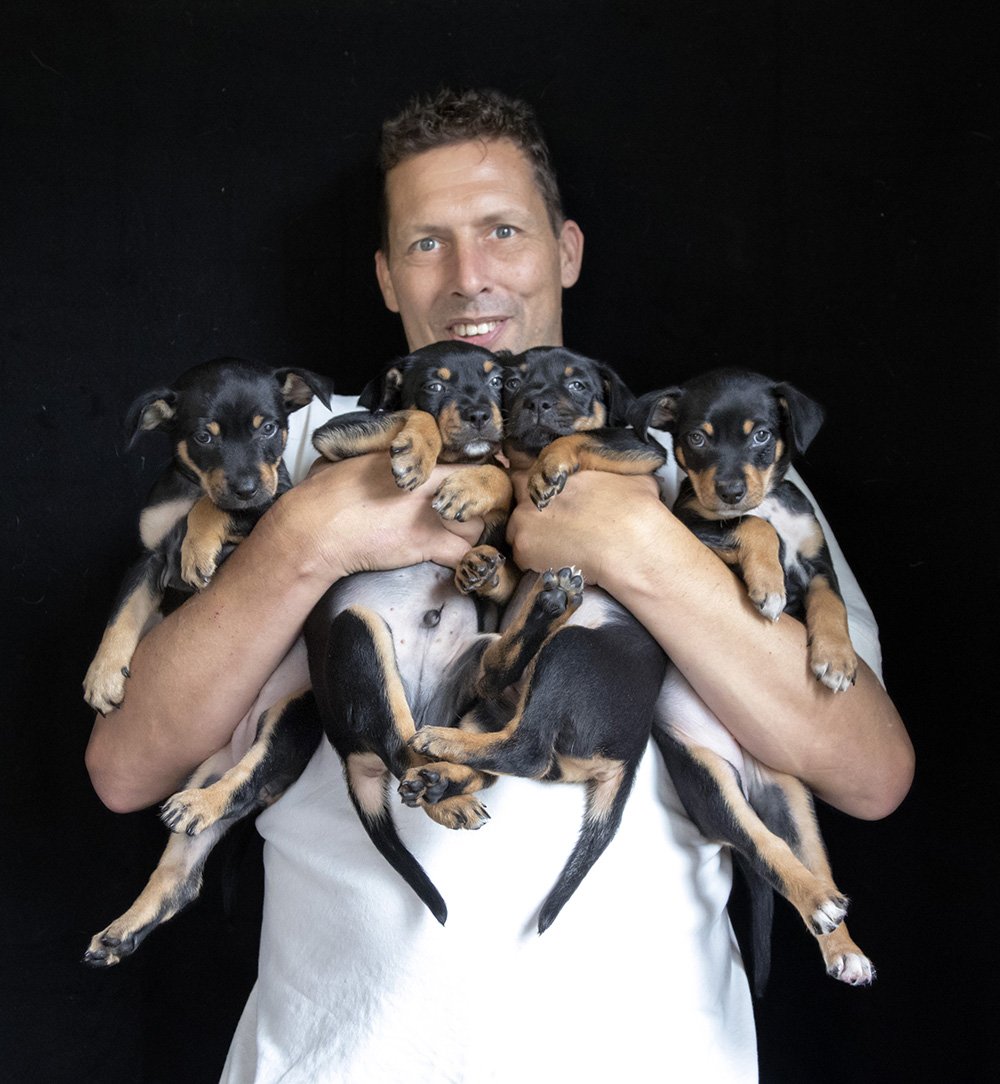When Aussie working dogs don’t work

AUSTRALIAN WORKING dogs are one of the most valuable animals in Australia. Only recently, a tan-black kelpie by the name of Glencairn Seven sold for over $22,000, smashing the previous record price of $14,000 set earlier this year.
But not all kelpies, collies, shepherds and heelers make a life as a working dog, often to the dismay of their farmer owners. Instead, they can often end up in pounds if they don’t possess the necessary skills to work on cattle and sheep farms.
Di and Carey Edwards of Australian Working Dog Rescue International (AWDRI) have been working hard for almost 12 years to re-home the working dogs they find in pounds across Australia. According to Carey, about 40,000 working dogs or mixed working dog breeds are euthanised each year.
In Australia, council pounds and shelters have no mandatory rehoming program. Instead, when dogs are brought in, there is a mandatory impound time of seven days, in which owners are expected to claim their dogs. If this doesn’t happen, the dog is then euthanised.

(Image Credit: Carey Edwards)
How do they get here?
Carey says that the overwhelming majority of working dogs in pounds are there because they’re of no use to farmers. “The more rural you get the bigger the percentage of working dogs at the pound. Blacktown Pound in the middle of Sydney is chock-full of breeds like staffies. However, in Dubbo or Wagga Wagga, 90 per cent of the dogs are working dogs.”
There may also be an unwillingness on behalf of farmers to desex their dogs, Carey says. “There’s a lot of time and money that goes into desexing.They don’t want to spend the day driving into the vet, which is 250km away and then paying extravagant amounts of money compared to what it would cost in the city, then having your dog out of action for a week.”
As a rule of thumb, it’s unwise to keep two dogs from one litter. “What you never want to do with any dog, let along working dogs, is keep more than one dog from the same litter. You end up with a lot of behavioural problems that stem from sibling rivalry. So these farmers only keep one at a time, while the other gets dumped at the pound, drowned or given away to friends and family.”

Carey with a bunch of Aussie working puppies.
Responsible pet ownership
Another reason these dogs end up at the pound is because people underestimate the level of care they require. “When red and blue heelers are puppies they look like plush toys. They’re the most gorgeous looking things on the face of the earth. No one can resist.
“But they need to be stimulated and sometimes people aren’t ready to teach them about bark control and all that stuff. It causes all sorts of issues. Having dingo as a part of the actual makeup of the dog, they’re very one-person oriented and they don’t like being left alone to do nothing.”
Carey says that in the United States heelers are typically referred to as ‘velcro dogs’. “Some people think, ‘oh I’ll take it for a walk in the morning and put in the backyard and go to work’. No way, it won’t be there when they come home. These dogs are bred to be your best mate and by your side at all times.”
Carey and Di have dealt with many cases where – unable to properly look after their dog — people turn to them for help, which Carey says is an example of irresponsible pet ownership. “Our concentration is on death row dogs. We’re not a resource for people who have decided to go on a holiday or have decided to have a child. We can’t assist them because if we assist them then a pound dog dies.”

Three adorable blue heeler puppies. (Image Credit: AWDRI)
Rehoming
Once the dogs are under Di and Carey’s care, they go through a thorough process of re-training according to their suitabilities. They have a stock dog program for the dogs that can be rehomed to farmers and pet industry contacts.
But it doesn’t stop there. “We also work with the Department of Defence to supply bomb detecting dogs for service in Afghanistan and correctional service dogs that help with drug detection,” Carey says.
“There was one recently that got rehomed to the National Maritime Museum, a border collie called Bailey, who now has the official title of Director of Seagulls. He chases the seagulls off the boats and docks to save cleaning fees.”
This approach to rehoming dogs is unique to the AWDRI. Di and Carey conduct thorough checks on potential owners, their homes and whether they have the necessary time to dedicate to these animals.
“Our bounce-back rate is less than 5 per cent, which is industry is leading. What we do is we give them a trial adoption and they have two weeks to see if there are any issues. Responsible rehoming is important because we don’t want to rehome the poor dog again.”
Do you think you’re the right candidate to rehome a gorgeous Aussie work dog? Enquire here.
Receive great savings and a gift when you subscribe to our magazine
READ MORE:

